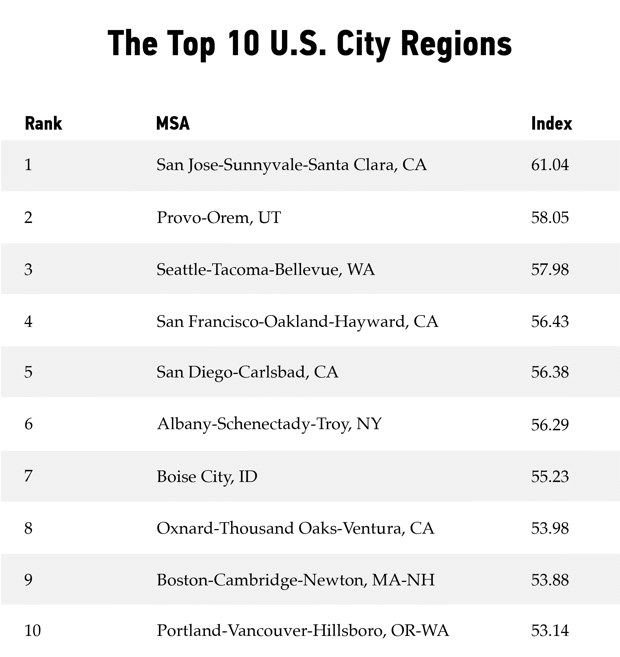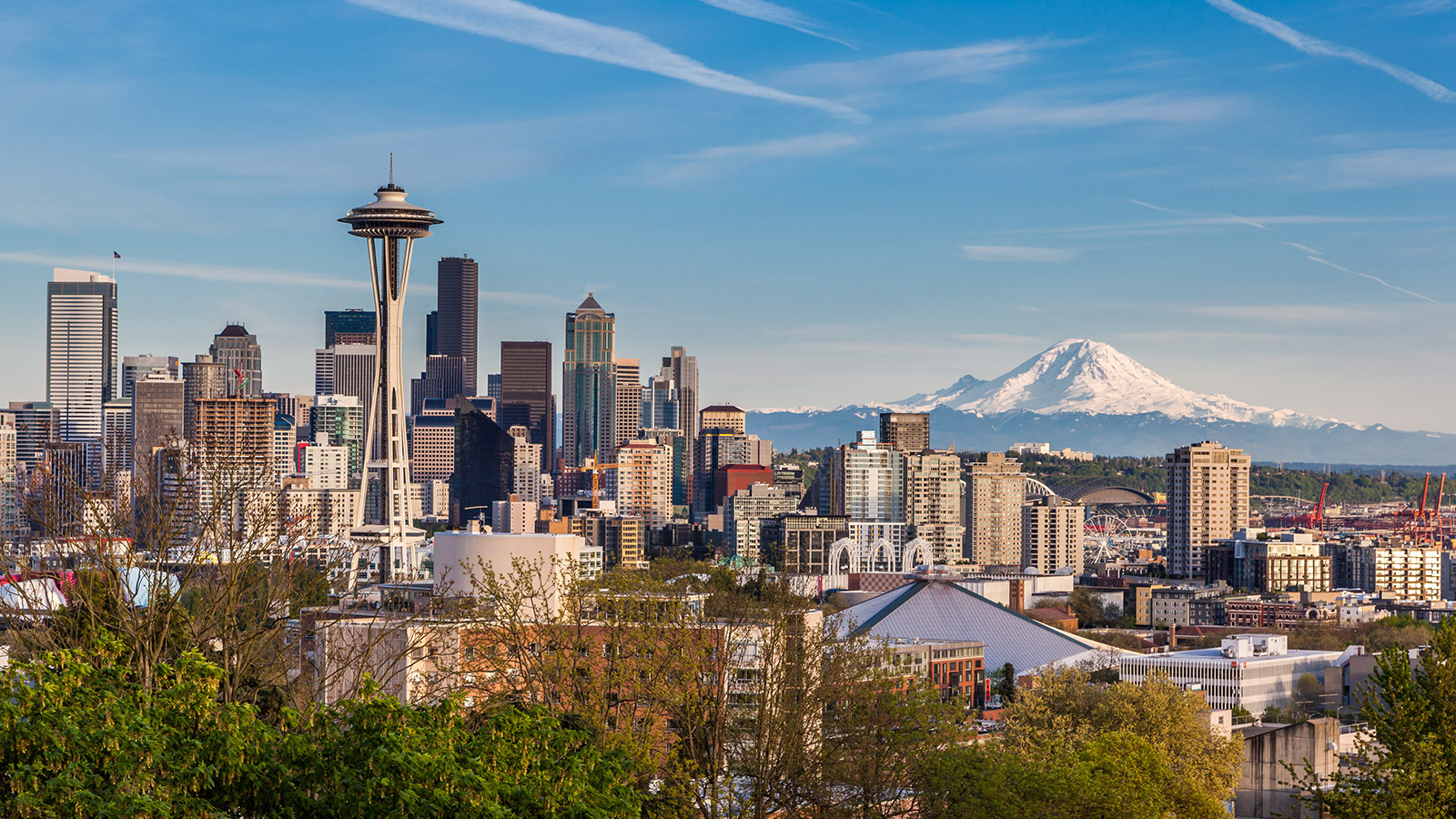This story was originally published by CityLab and is reproduced here as part of the Climate Desk collaboration.
U.S. coastal cities are coming the closest to meeting sustainability goals set by the U.N., according to the first analysis of 100 metropolitan cities by the Sustainable Development Solutions Network (SDSN). But no U.S. city has yet managed to reach a score of even half of what is necessary to satisfy the Paris climate agreement.
The Sustainable Development Goals Index measures how successfully cities are dealing with issues related to poverty, health, and equitable income distribution in addition to climate change objectives like cutting large carbon emissions. Jeff Sachs, director of the SDSN, said the report — the first of many — creates “an accurate starting line” for cities in their “race to 2030 and a smart, fair, and sustainable future.”
The results show that within U.S. cities, economic circumstances and climate change measures are correlated: Cities like Baton Rouge, Louisiana, and Detroit, Michigan, which scored the lowest on the index, had high levels of relative poverty and unemployment as well as higher emission rates.
Here are some of the other major takeaways:

- Coastal regions consistently rank the highest overall, and six regions in the Top 10 list are located on the West Coast. The San Jose-Sunnyvale-Santa Clara metro region is at the top of the Index, with a score of 61.04. San Jose, which is the tenth most populous city in the U.S., has pioneered environmental sustainability in part by partnering with its robust tech sector and scored the highest ranking of cities creating partnerships to reach their goals.
- Poverty, malnutrition, and obesity are endemic problems in cities across the country. The average percent of the population living below the national poverty line is 15.6 percent, or 33.28 million people, but the southwestern states are seeing the worst rates of poverty. However, this does not necessarily correlate with personal income, as cities on the West Coast (aside from San Francisco and San Jose) tended to score the lowest.
- Rust Belt states have the worst carbon footprints in the U.S., but no cities are cutting carbon emissions enough to meet the 2 degrees Celsius temperature change goal set under the Paris Agreement. Annual carbon emissions per capita in the U.S. are around 17 tons, and even the U.S. cities which scored the best in this category scored below 40. The analysis attributes Rust Belt cities’ performance to the region’s high rates of vehicle ownership and a lack of serviceable public transportation.




